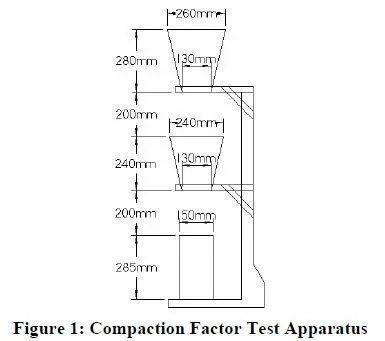The surface settlement test (Bartos, Sonebi, and Tamimi 2002) is used to assess the stability of concrete by measuring the settlement of fresh concrete over time. The test is most appropriate for highly fluid and self-compacting concretes; however, it can be used for moderate slump concrete mixtures.
The test apparatus consists of an 800 mm tall, 200 mm diameter pipe sealed at the bottom. Two longitudinal seams allow the pipe to be removed once the concrete sample has hardened. To perform the test, concrete is filled to a height of 700 mm in the cylinder. Highly fluid and selfcompacting
concretes do not need to be consolidated; however, rodding or vibration is necessary
for less fluid concretes. A 4 mm thick, 150 mm diameter acrylic plate is placed on the top surface of the concrete. Four 75 mm long screws extend downward from the acrylic plate and into the concrete. A linear dial gauge or linear variable differential transformer (LVDT) is used to measure the settlement of the acrylic plate over time until the concrete hardens. The top of the pipe is covered during the test to prevent evaporation. In addition to a plot of surface settlement versus time, the maximum surface settlement versus initial concrete height is computed.
Advantages:
The test is inexpensive and simple to perform.
The test is appropriate for a wide range of concrete mixtures.
Disadvantages:
The test does not give a direct result.
The time required to perform the test is substantially longer than other test methods because the settlement distance must be recorded until the concrete hardens.
